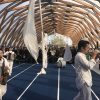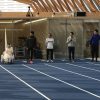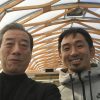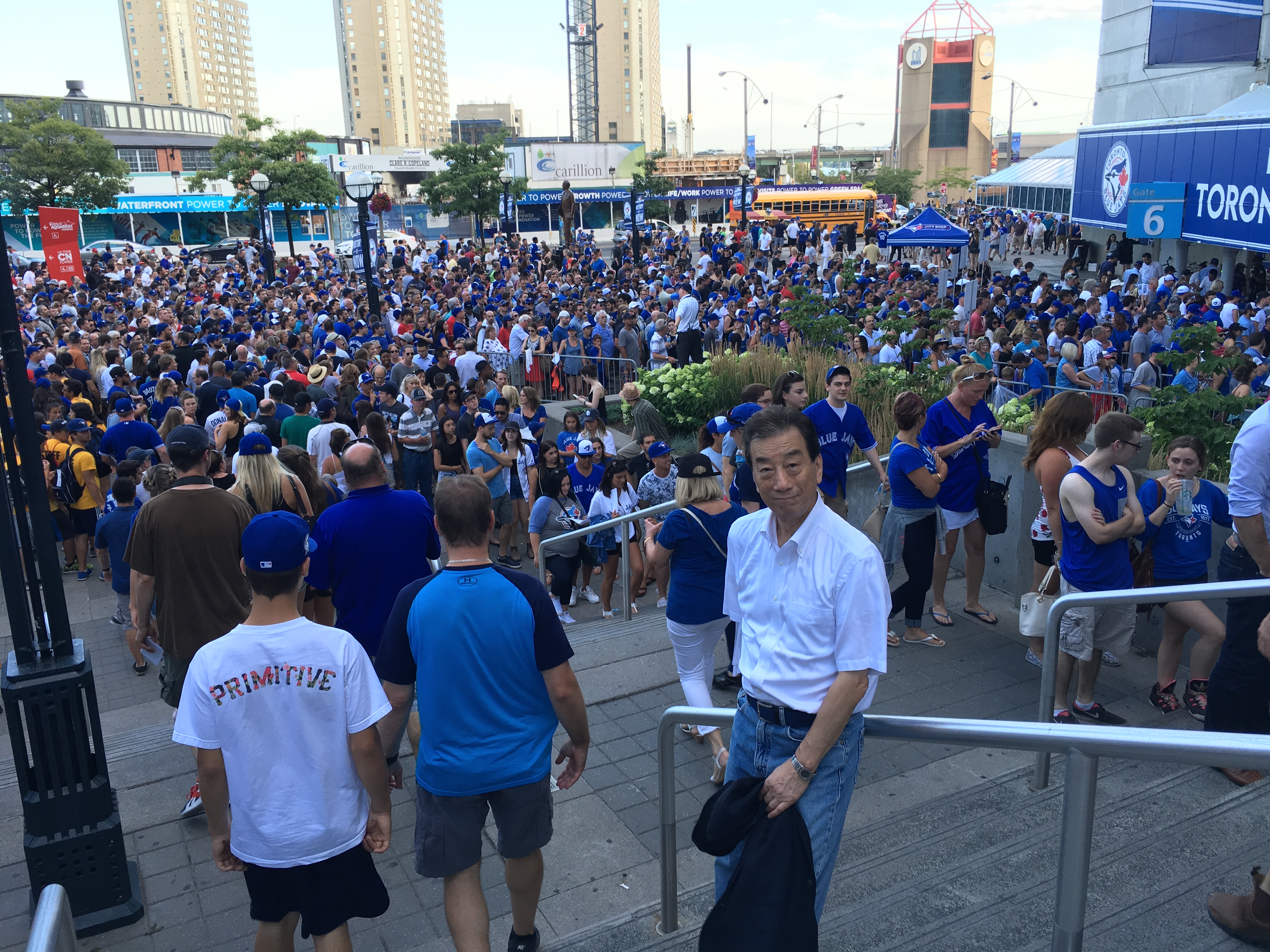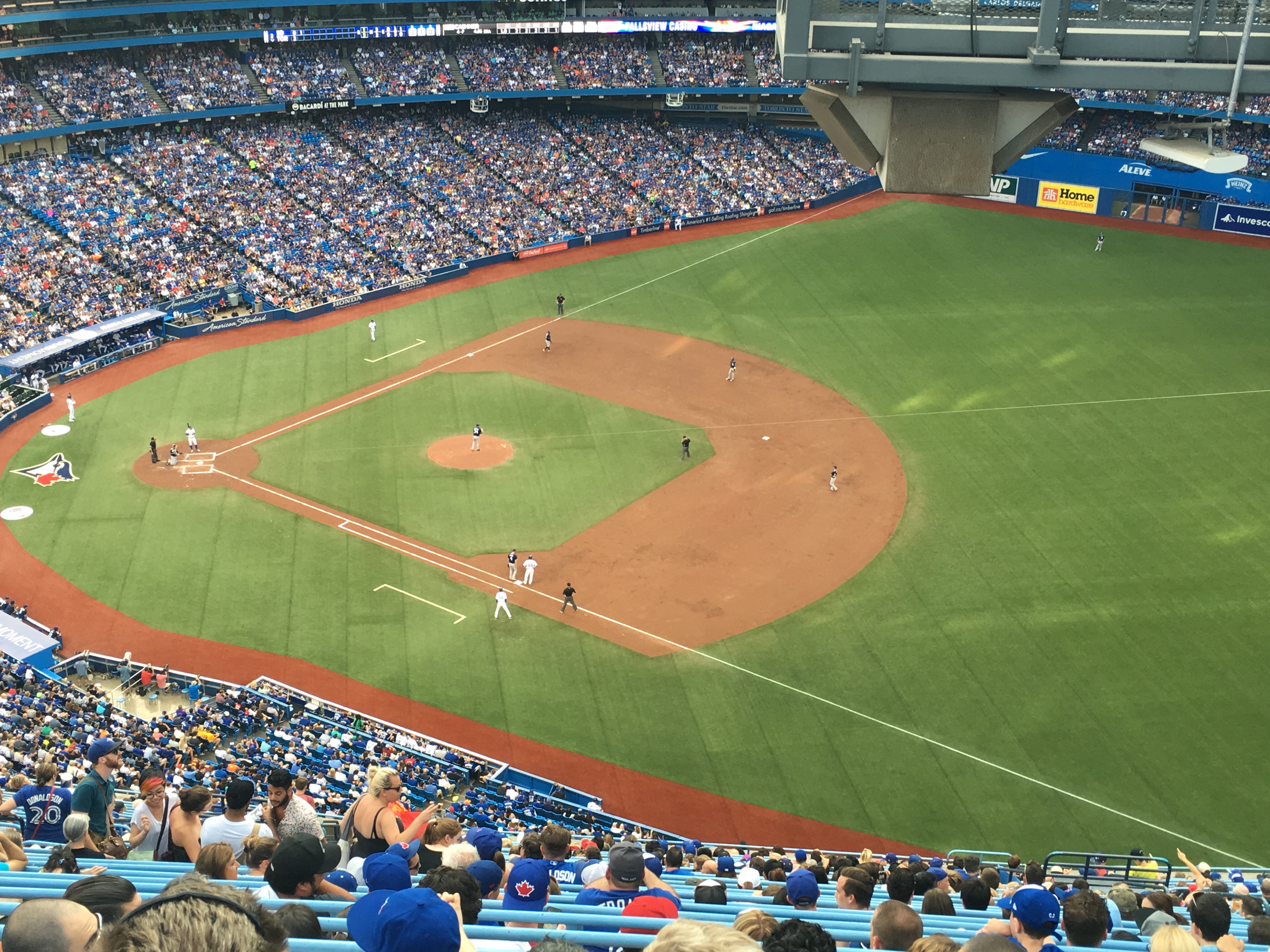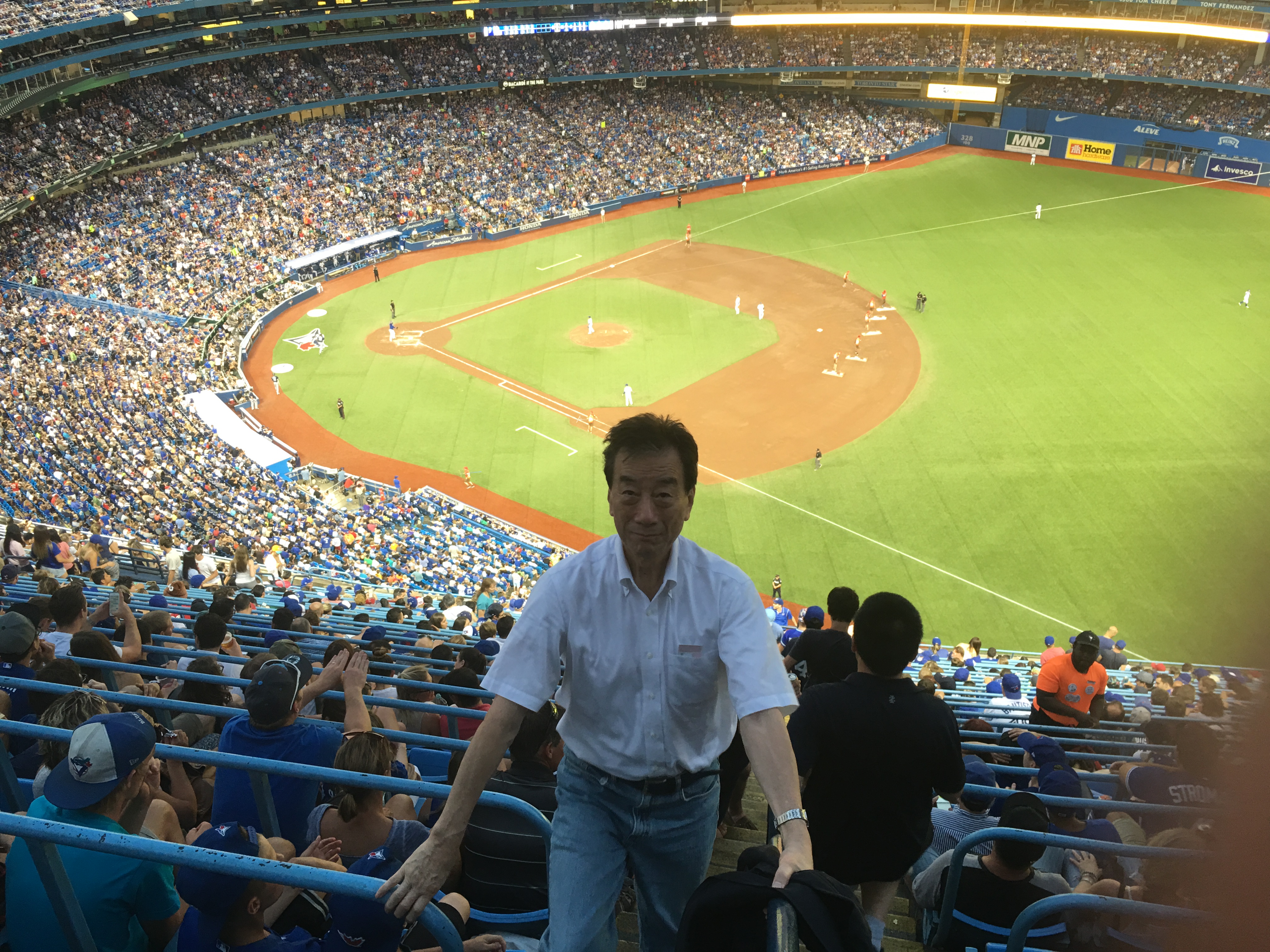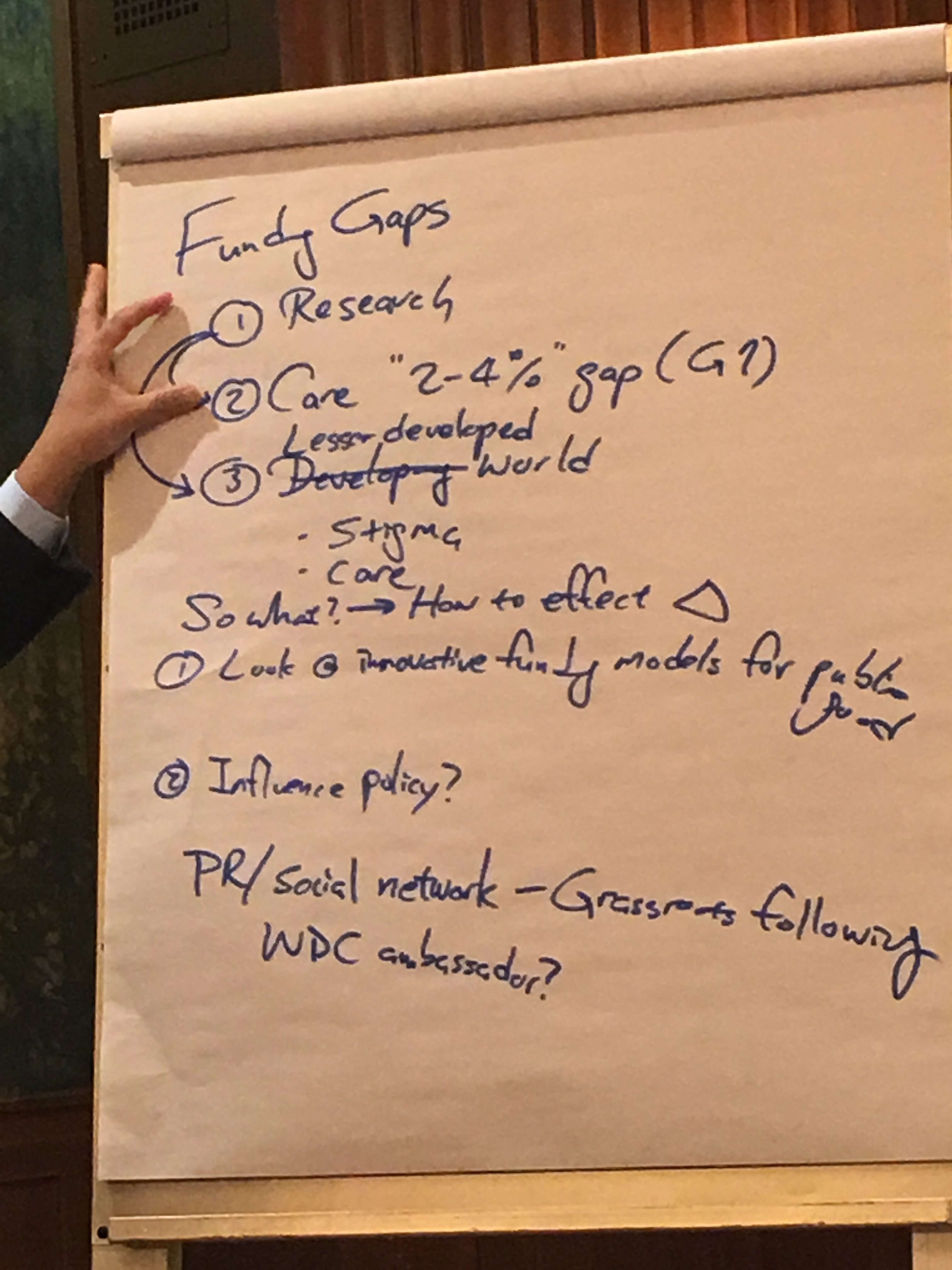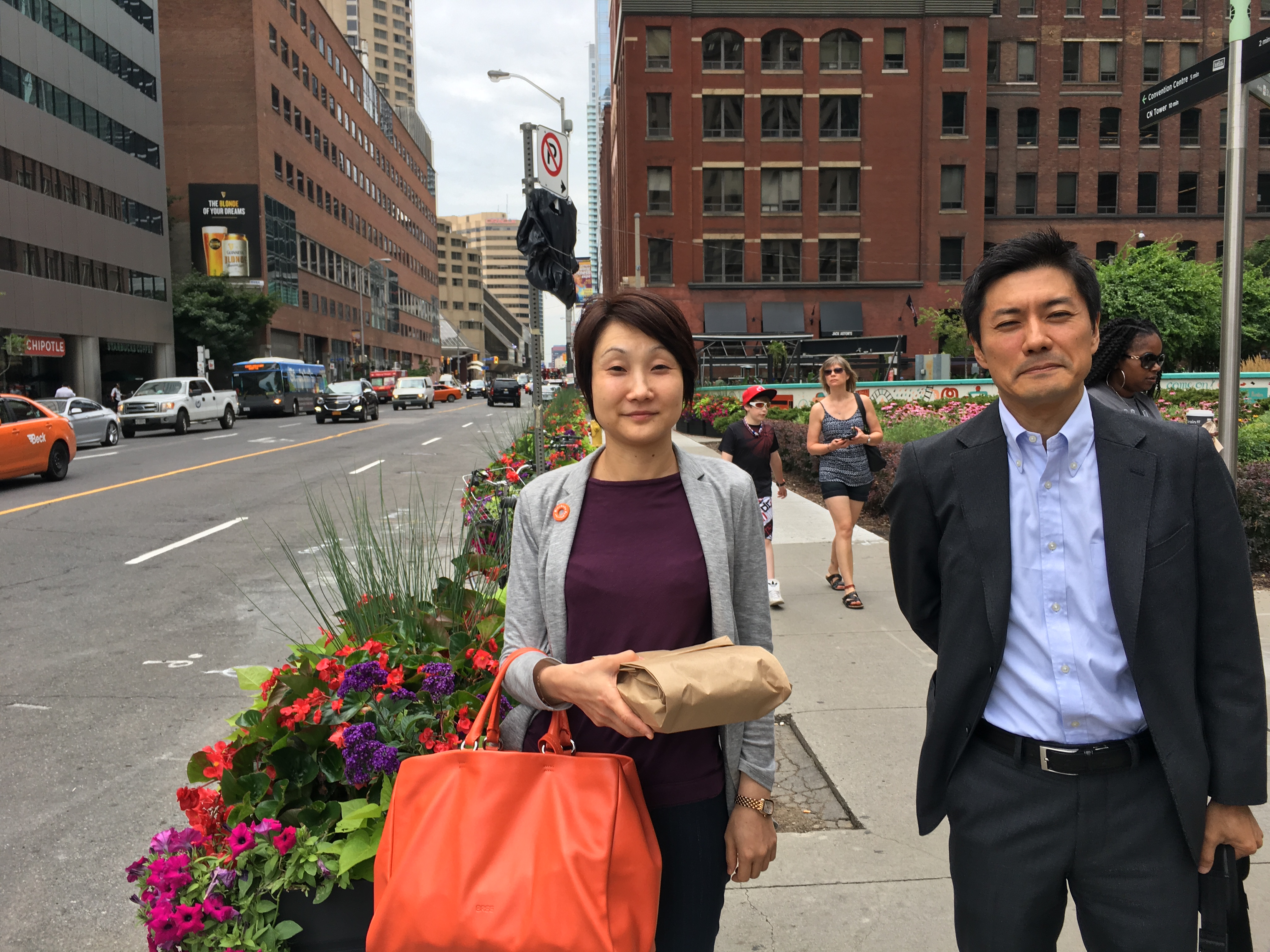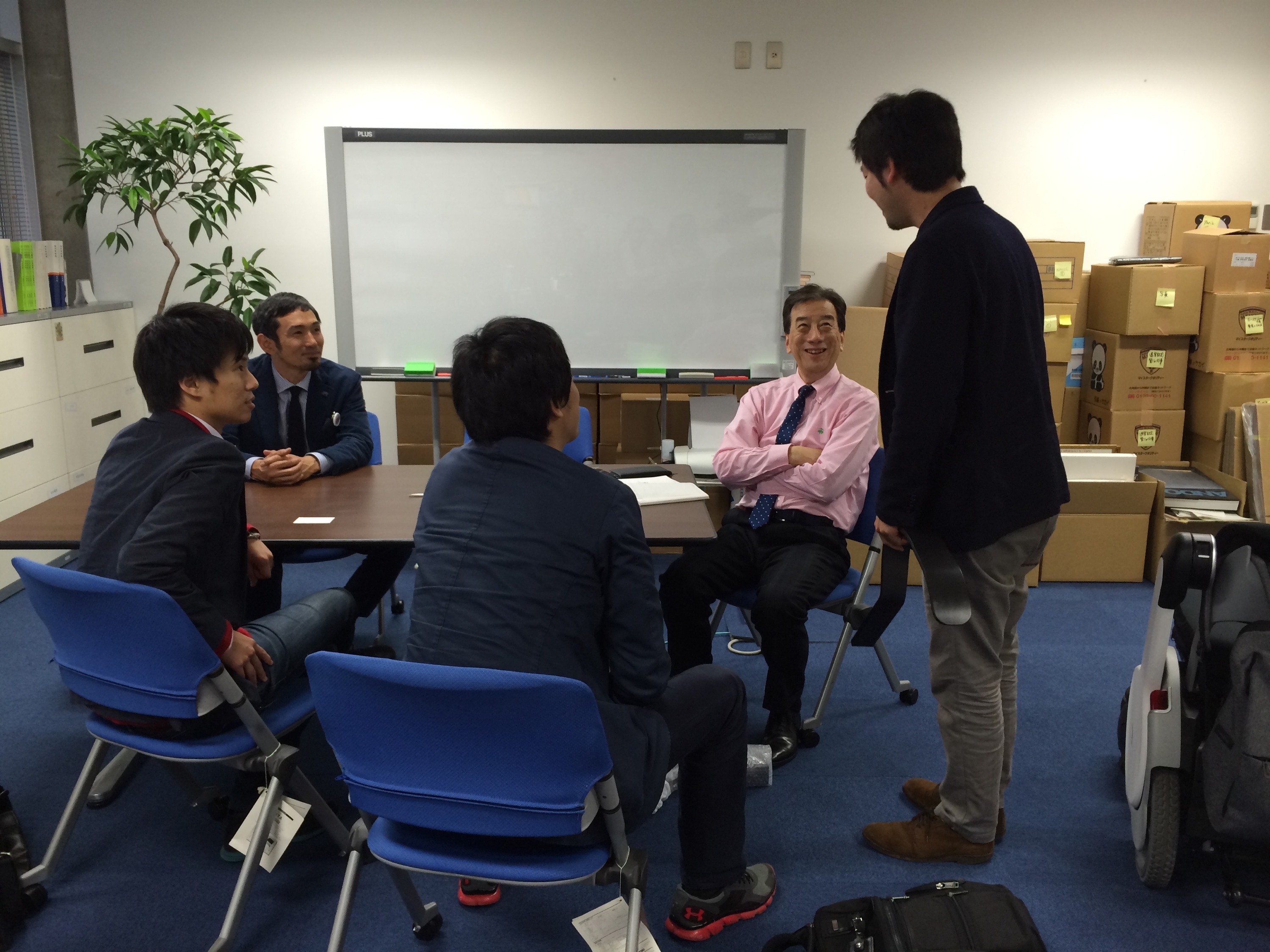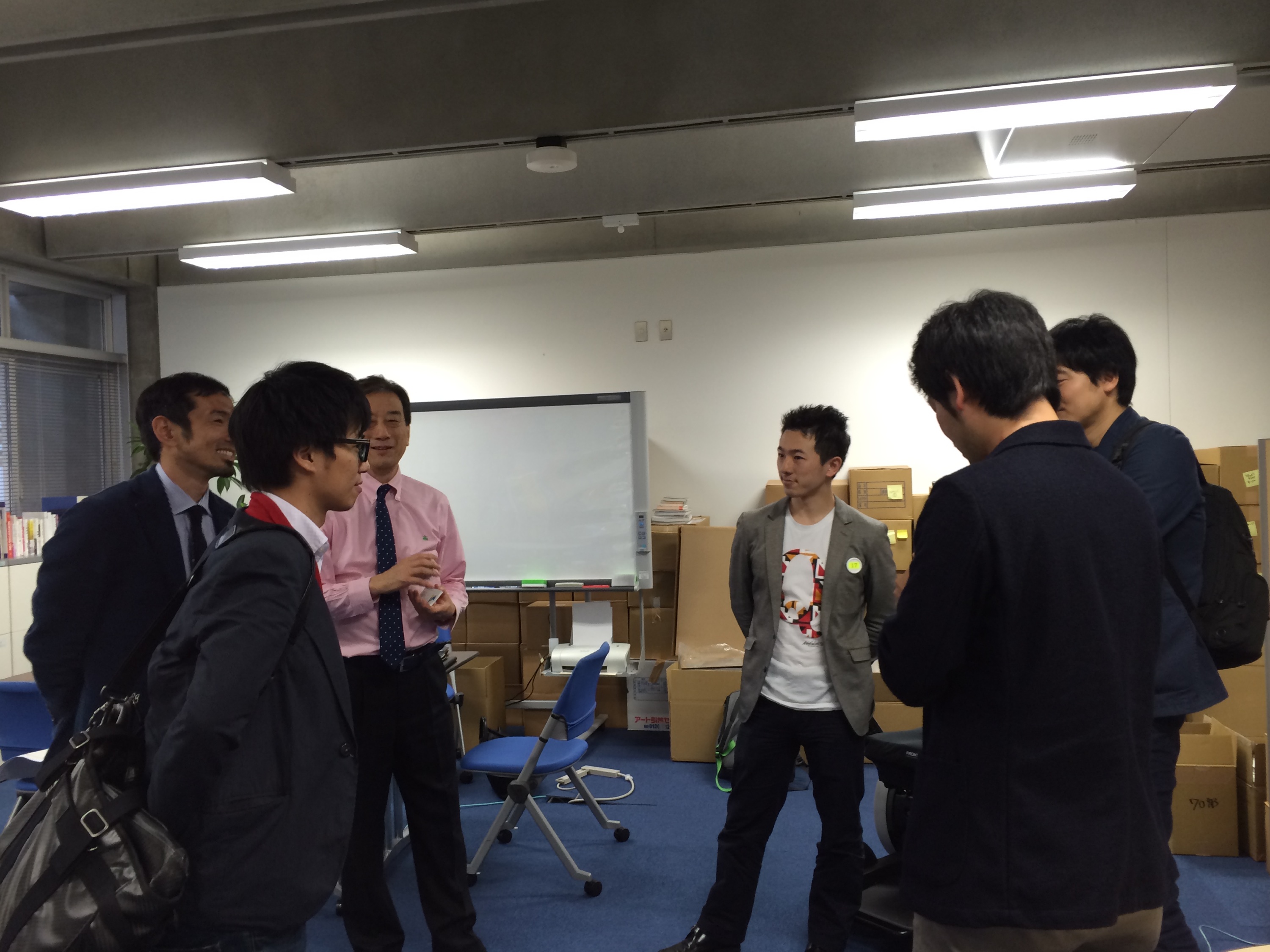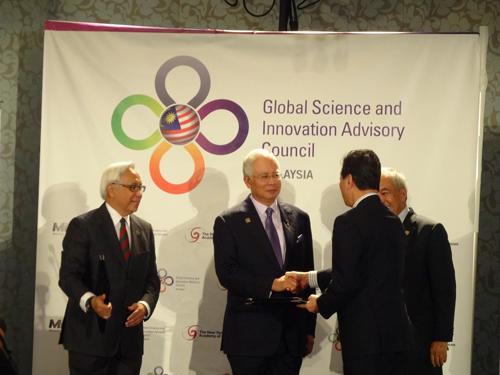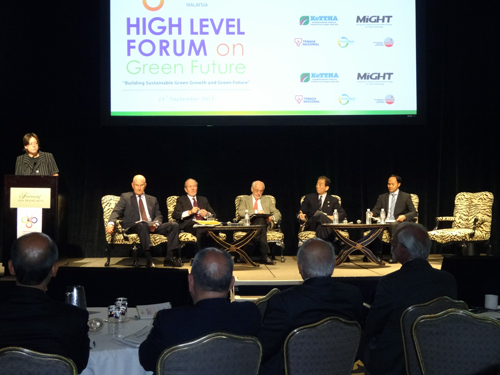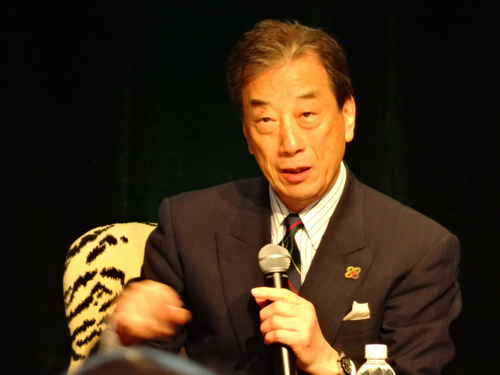Recently, Ken Endo (1, 2, Wikipedia in Japanese) of Xiborg is attracting a lot of attention for his brilliant work. I have known him from when he was a PhD candidate at MIT. After successfully getting one, he came back to Japan and started working for the SONY Computer Science Laboratory (CSL). He started a company in collaboration with Dai Tamesue, an Olympian and medalists in World Competitions, who is director of the organisation, and they unveiled a new experimental running arena, the Brilla Running Stadium (in Japanese) on the 10th of December (press release in Japanese) at the now infamous Toyosu (because of the scandals and problems unearthed by Tokyo Governor Ms. Koike).
The stadium boasts a wide variety of tracks, with some of the tracks using materials slated for use in the 2020 Tokyo Olympics, and through this innovative location, they aim to help disabled people feel like Superman!
With audacious goals, these young people seek to leave an impact on the global scene, carefully preparing and planning, overcoming the inevitable setbacks and painful situations. I am always inspired by such young people, and feel encouraged by them.
They will shake things up, I am sure, and inject new life into a gradually stagnating Japan. Let’s go for Gold at the 2020 Tokyo Olympics!
